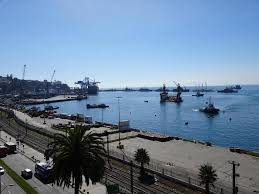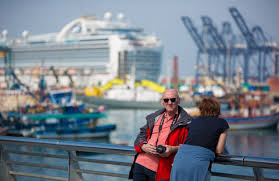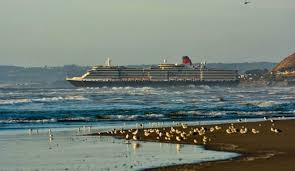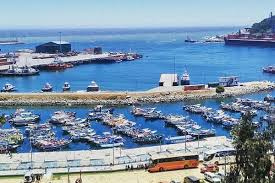What is the history of the port of San Antonio Chile?

What is the history of the port of San Antonio Chile?
What is the history of the port of San Antonio Chile? The port of San Antonio in Chile is not just a shipping hub; it’s a vibrant tapestry of history, culture, and economic transformation.
Early Foundations and Indigenous Roots
Before the arrival of the Spanish, the area was inhabited by the Mapuche people. They thrived on agriculture and fishing, utilizing the rich coastal resources.
This period laid the groundwork for future interactions with European settlers, establishing a sense of place that would evolve dramatically in the centuries to come.
Colonial Beginnings
In the 16th century, Spanish explorers ventured into the region, but it wasn’t until 1850 that San Antonio was officially founded. The port’s natural harbor attracted traders and settlers.
As a strategic coastal point, it quickly became essential for trade between the interior of Chile and international markets. This set the stage for its economic growth in the years ahead.
19th Century Expansion
During the 19th century, San Antonio transformed into a bustling port, thanks to its deep waters and proximity to the agricultural heartland.
Farmers and miners used the port to export wheat, copper, and other goods, making it a crucial player in the Chilean economy. The port’s infrastructure expanded to accommodate growing trade demands.
The Impact of Industrialization
The late 19th and early 20th centuries marked a significant industrial boom in Chile. This era saw a surge in shipbuilding and the establishment of various industries in the area.
San Antonio evolved as a critical shipping point for both imports and exports. The port became synonymous with Chile’s economic expansion, embodying the country’s ambitions on the global stage.
World Wars and Strategic Importance
During the World Wars, San Antonio gained strategic military importance. Its facilities were utilized for shipping military supplies and personnel, boosting its profile on the international front.
The port’s capability to handle large volumes of cargo became even more crucial during these tumultuous times, ensuring that Chile remained connected to the global supply chain.
Post-War Growth and Modernization
Following World War II, San Antonio underwent further modernization. Investment poured in, enhancing port facilities and accommodating the rise of container shipping.
This modernization was crucial for staying competitive in the growing global trade environment, allowing the port to handle larger vessels and increase its capacity.
The 21st Century: A Busy Hub
Today, San Antonio stands as one of Chile’s busiest ports, integral to the nation’s economy. It plays a vital role in connecting Chilean exports, particularly fruits and minerals, to international markets.
With its modern infrastructure, the port continues to evolve, adapting to the demands of global trade and maintaining its position as a key player in maritime commerce.
Environmental Challenges
As trade has flourished, so have environmental concerns. The rapid expansion of port activities has raised questions about ecological sustainability and the impact on local communities.
Balancing economic growth with environmental stewardship has become a focal point for port authorities, who are now exploring greener practices and technologies.
Future Prospects
Looking ahead, the port of San Antonio faces a myriad of challenges and opportunities. Adapting to changes in global shipping patterns and trade dynamics will be vital for its continued success.
Investments in technology and infrastructure will be necessary to remain competitive, while also addressing environmental issues to ensure a sustainable future.
In conclusion, the port of San Antonio is a fascinating blend of history, culture, and economic significance. Its evolution mirrors the growth of Chile itself, reflecting the complexities of maritime trade.
As it navigates the future, the port is poised to play a crucial role in both regional and global trade, continuing to shape the economic landscape of Chile for years to come.





Leave a Reply